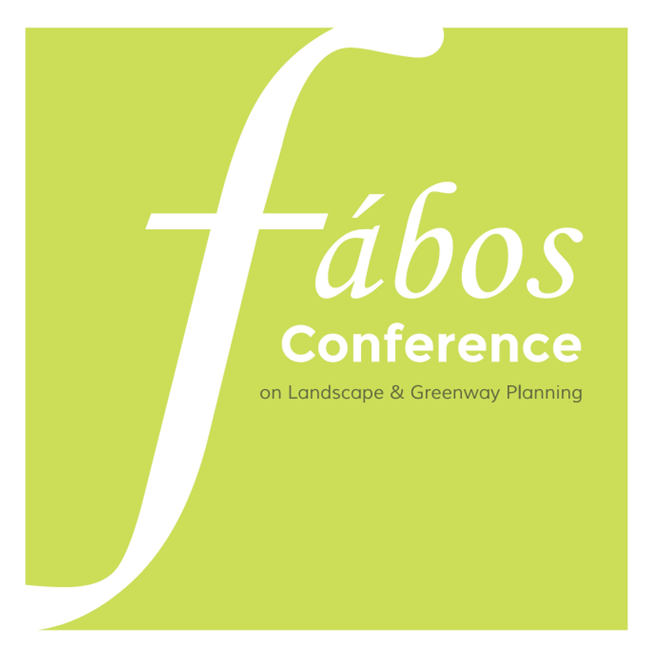School Streets as a Strategy for Urban Greenways
Abstract
The location of new greenways has expanded in recent years to increasingly proliferate in urban areas (Horte and Eisenman 2020) Greenways have become ways in which cities can “green” their streets, both through increased vegetative cover and through the facilitation of active modes of transportation. Legacy automobile infrastructure provides an opportunity where such linear parks can emerge (Ahern 2022). Pedestrianization can unlock street space for urban greenway implementation (Dostal and Eisenman 2022). Newfound public spaces around schools possess the potential to serve as crucial spines in a greater open space system (Jákli et ak 2022).
Instances of pedestrianization of streets adjacent to schools, colloquially known as “School Streets” have increased dramatically since the Covid-19 pandemic (Advocacy Hub 2022). Aimed at improving youth health outcomes through improvements in air quality, safety, and active mobility, robust School Street initiatives have developed worldwide (Reith et al 2022). Programs range temporally from street closures lasting less than an hour during school opening and closing times, to an expansion of the school yard during and immediately after school, to a permanent communal green space. School Streets have emerged as a swifter and more sustainable method of implementation due to their existing social infrastructure and the ease of pilot projects.
Grassroots organizations composed of parents and teachers commonly revolve around and push for improvements at community schools. These established associations enable effective advocacy and tactical action to create temporary and permanent street closures. These same groups can function to provide maintenance and programming quicker than municipalities are able to, though they are still reliant on municipal governments to fund permanent street transformations and connections with the surrounding city.
Pilot projects provide the potential for iterative implementation. Consistent short term closures and one-off street takeovers can build the proof of concept for more permanent and robust revitalization of the streetscape. The fleeting impermanence of temporary school streets can open residents' imaginations towards a final level of realization, where the school street can become a place of inherent greenery and active mobility.
A systematic review and comparison of global School Street implementation explores the methods in which concerned parents, school staff, and municipalities have turned streets into green communal spaces. An analysis of best practices, limitations, and contextual factors will form recommendations that can inform a diverse array of stakeholders on the strategies they can pursue.
References
Advocacy Hub. (2022). School streets: putting children and the planet first. FIA Foundation. Retrieved April 4, 2023, from https://www.fiafoundation.org/media/hr3fmhin/school-streets-report-pages.pdf
Ahern, J., (2022) “Opportunistic Urban Greenways: typologies, precedents and challenge”, Fábos Conference on Landscape and Greenway Planning 7(1). doi: https://doi.org/10.7275/99en-p664
Dostal, N. & Eisenman, T. S., (2022) “Pedestrianizing Streets as a Strategy for Urban Greenways”, Fábos Conference on Landscape and Greenway Planning 7(1). doi: https://doi.org/10.7275/6emn-qm45
Horte, Olivia S, and Theodore S Eisenman. “Urban Greenways: A Systematic Review and Typology.” ScholarWorks@UMass Amherst. University of Massachusetts Amherst Department of Landscape Architecture and Regional Planning, February 1, 2020. https://scholarworks.umass.edu/cgi/viewcontent.cgi?article=1080&context=larp_faculty_pubs.
Jákli, E. , Reith, A. , Almási, B. & Pap, M. L. (2022) “The role of participatory planning in designing school environments”, Fábos Conference on Landscape and Greenway Planning. 7(1). Doi: https://doi.org/10.7275/6rjv-gj45
Reith, A., Balogh, P., Szabó, K., Doma-Tarcsányi, J. & Jákli, E., (2022) “Role of Urban Public Open Spaces Around Schools”, Fábos Conference on Landscape and Greenway Planning 7(1). doi: https://doi.org/10.7275/p3ax-cf59
Keywords: School Streets, Urban Greenways, Pedestrianization
How to Cite:
Dostal, N., (2025) “School Streets as a Strategy for Urban Greenways”, Fábos Conference on Landscape and Greenway Planning 8(1). doi: https://doi.org/10.7275/fabos.2420
Downloads:
Download School Streets as a Strategy for Urban Greenways
Download School Streets as a Strategy for Urban Greenways
127 Views
170 Downloads
